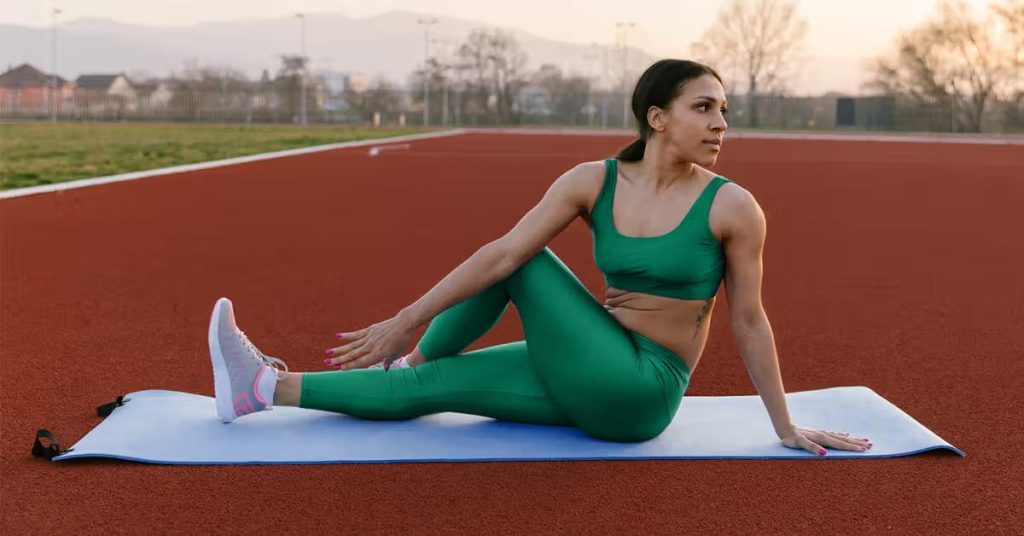After running it is advisable to perform a stretching routine. By making it a habit, it is possible to prevent various injuries and improve long-term performance. Many people have been practicing for a while, but they don’t usually end up with stretches that are key to running.
It’s never too late to start training properly. With this simple routine it is possible to recover correctly after an intensive day and, in addition, it does not take more than 10 minutes.
1. Twins and Calf Stretches
The muscles of the calves offer momentum to the body at the time of the stride and are very important to maintain the balance after impacting the soil. To stretch them it is possible to do two different exercises:
– Separate losses, feet to the front and forearms leaning on a flat surface. In this position lower the body and stretch the twins.
– To stretch the deep face of the calves, place yourself in the same way, but leaning something else. Both exercises should support the sole, so it is preferable to make it barefoot.
2. Quadriceps Stretch
Quadriceps play a very important role in providing support to the femur. In addition, they are involved in stabilization and care carries a lower risk of injury.
One of the key stretches after running is to lean against the wall, lift your leg backward and, at the height of the buttock, hold the toe on the foot. In that position, you have to endure for a few seconds pulling him and contracting his abdomen.
3. Hamstring Stretch
They are the muscles that surround the back of the thighs and are responsible for extending and rotating the hip, as well as flexing and rotating the knee. In this case, you have to sit on the floor, stretch your legs, and try to touch the tips of your feet with your eyes in front. If it is not possible to touch the feet, just hold your leg as far as you can.
4. Hip Stretch
Extending and flexing the hip is a very repetitive movement that takes place when running. These actions allow the legs to gain momentum in the strides. In addition, the hip is essential to provide stability and gives the support the body needs to support its weight.
To strengthen the hip flexors and thus improve the stride, move one leg forward and delay the other that should remain extended. Support your hands over the stretch to create more tension without leaning too far forward and with the trunk upright.
5. Stretching of lumbar and back
To prevent lesions or discomfort in the lower back, it is important to perform this stretching to strengthen the area and reduce pressures on intervertebral discs, which allows flexibility of the spine.
To do this you have to stand, flex your legs at the same time you bow your back slightly, tilt your head forward, and extend your arms. Then you have to grab your hands and stretch them as much as possible to generate more pressure.
These types of key stretches and after running must be done at a slow pace and carry out several repetitions of each of them. It is only necessary to invest a few minutes and progress as a corridor will be faster.

